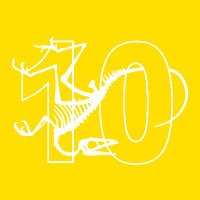
Philip J. Currie Dinosaur Museum
@curriemuseum
The Philip J. Currie Dinosaur Museum showcases the palaeontology history of the Peace Region in Wembley Alberta, Canada.
Open since September 2015.
ID: 123295578
http://lnk.bio/PJCDM 15-03-2010 16:47:18
5,5K Tweet
4,4K Followers
1,1K Following
















